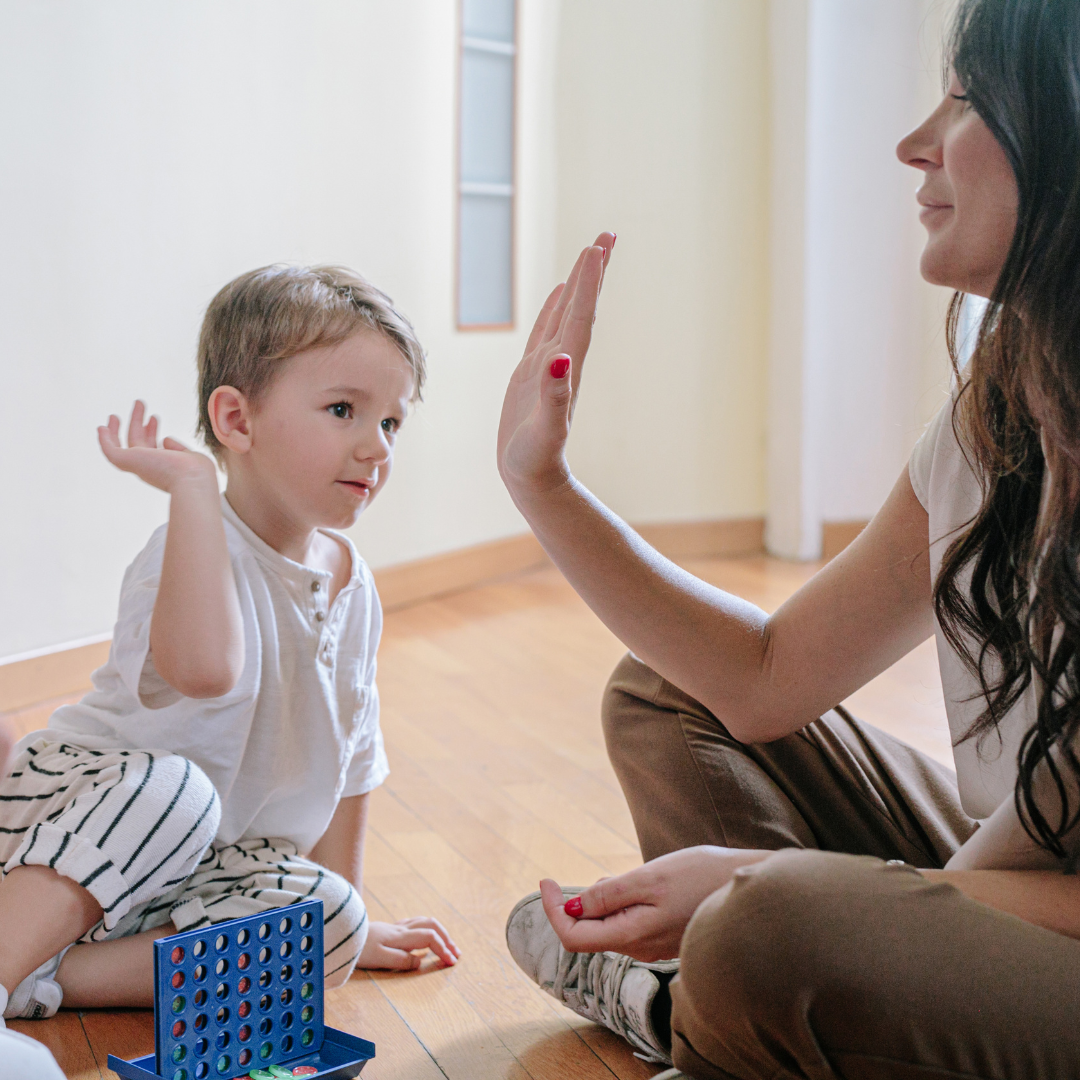Lately, I've been getting more and more questions in my counseling sessions on the topic of bullying in school.
Unfortunately, I have begun to notice that this topic has gone beyond high school and is already spreading to elementary school children. In today's world, bullying is not limited to bullying kids in the schoolyard. It's all gone to social media, school chat rooms, and messengers.⠀
Any school child can become a victim of bullying. But there is a category of children who are more likely to be bullied by their peers. These kids are usually different from other kids in some way.
Recently, one mother came to complain about the bullying of her child (a girl with a slight mental retardation) and many things in relation to her by her peers the child simply did not understand.
A child can be bullied for anything: developmental features, weight, speech defects, speech difficulties, clothing, hairstyle, racial differences, hobbies or hobbies that are not like the others (for example, a boy is interested in ballet). Bullying can also be caused by friendship with another child who is rejected by everyone.
How do I work with parents and children who are victims of bullying?
- The first thing I do is ask the parents: what steps have they taken? Have they contacted the class teacher, the school psychologist, the principal? We talk about how to start a conversation with the school staff in the right way;
- Then I talk to the child about what bullying is, why it happened, who occupies what roles in the group of children? And I always emphasize that it is not the children's fault that bullying started, no one can deserve bullying. This is important to note, because children's self-esteem and self-confidence fall;
- I work on the child's self-esteem. We analyze his good qualities, his achievements. What he can do well, how he differs from others and what advantages he has;
- Then we train how to resist an aggressor. What are the ways, how to react and not to give in to provocations, emotional reactions. We analyze what strategy should be used;
- We talk to the child about when to choose a position of strength. That is to give in. It is important to distinguish between situations and not always give in, as this can bring additional difficulties in school;
- We talk about how to make acts of bullying more visible to others. So that you can always ask adults for help.
Unfortunately, it is not always possible to bring the situation under control with the help of the school administration. Then, together with the parents, we think about how to move to another school so that this step is comfortable for the child.




